All products featured are independently chosen by us. However, SoundGuys may receive a commission on orders placed through its retail links. See our ethics statement.
Apple AirPods Max 2 rumors: Everything we want to see in Apple's next headphones
September 23, 2025
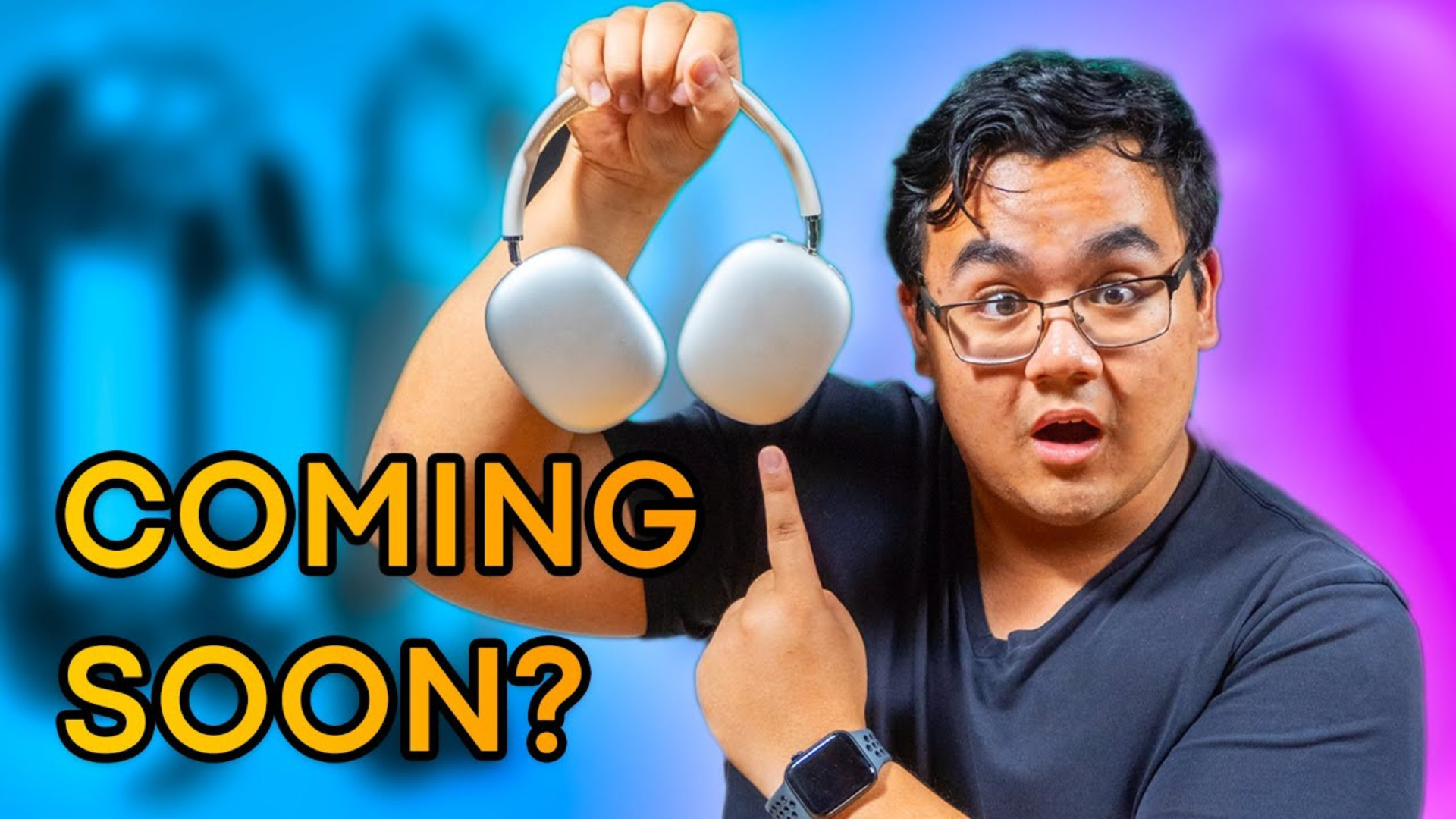
- Apple didn't reveal the AirPods Max 2 at its September 9th event. We will likely have to wait until 2027 for Apple's updated over-ear headphones to arrive.
Apple has been vying for our ears for years, and the AirPods Max made quite the splash in 2020. Nearly five years later, these expensive headphones still have some of the best noise cancellation around. Unfortunately, Apple appears to be more interested in upgrading its earbuds than releasing an up-to-date successor to the first-generation AirPods Max. For example, Apple unveiled the AirPods Pro 3 at its annual event on September 9, 2025. These promise some of the company’s most advanced features, including Live Translation, improved ANC, and an onboard camera remote.
The only indication we have that Apple is working on new flagship headphones is a few patents the company has been awarded over the last four years. These suggest the next-generation AirPods over-ear headphones may have a few new tricks. Here’s everything we know about the AirPods Max (2nd generation).
Will there be an Apple AirPods Max 2 series?
The AirPods Max (2nd generation) are a certainty, but fans may have to wait at least another two years. Bloomberg’s Mark Gurman recently commented in his Power On newsletter that the original AirPods Max are “too popular for Apple to stop selling them, and not popular enough for the company to invest a ton of time and money into creating a new version”. This makes sense, given that the company has just released the updated Apple AirPods Pro 3. The AirPods Max have received no further updates since Apple’s previous “It’s Glowtime” event last year. This brought no meaningful upgrades outside of USB-C charging and five new colorways.
The AirPods Max Gen 2 were not mentioned at the company’s September 9, 2025, event. We must wait for more details to be announced at Apple’s WWDC event in June 2026.
What is the most likely release date for the Apple AirPods Max 2?
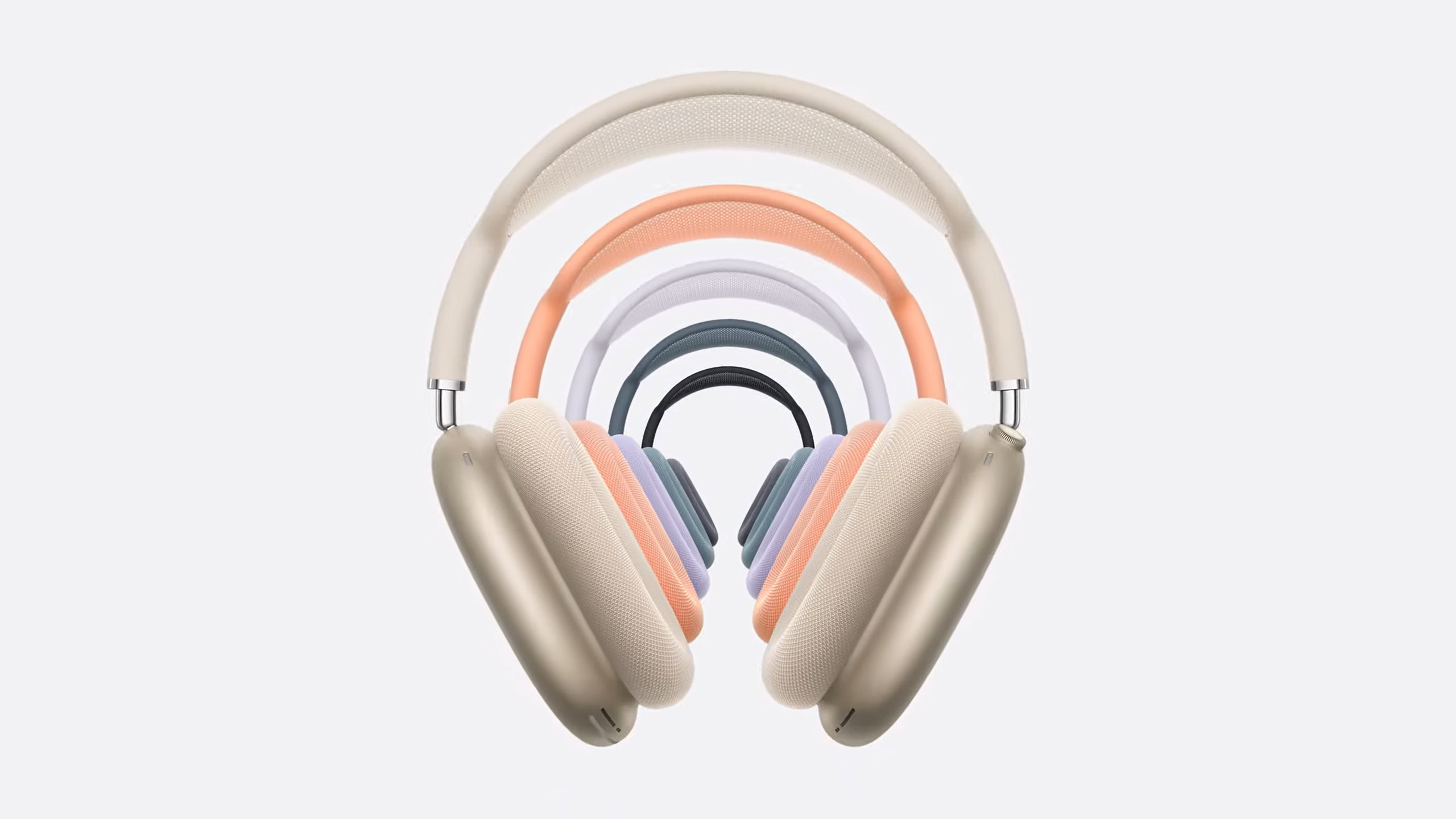
Before the updated AirPods Max launched on September 9, 2024, many industry analysts expected a significant upgrade from Apple. For example, trusted Apple insider Ming-Chi Kuo reported that the new AirPods Max would reach our ears by mid-2024 or early 2025. Kuo also shared that the AirPods assembly may change hands from GoerTek to Hong Teng. This change could be attributed to the delayed release of the updated AirPods Max. Mark Gurman concurred, sharing that Apple’s flagship headphones were anticipated to launch in 2024. Both were right to a point. However, Apple did not deliver the AirPods Max 2. Instead, it relaunched its first-generation over-ear headphones with two modest upgrades.
Expectations have since changed, though. On May 18, 2025, Ming-Chi Kuo posted on X that “a lighter version of the AirPods Max is expected to enter mass production in 2027”. For reference, Apple announced the original AirPods Max on December 8, 2020, and the updated AirPods Max launched on September 20, 2024. If this comes to pass, fans will have waited over seven years for Apple to update its flagship over-ear headphones.
What features and specs could the Apple AirPods Max (2nd generation) have?
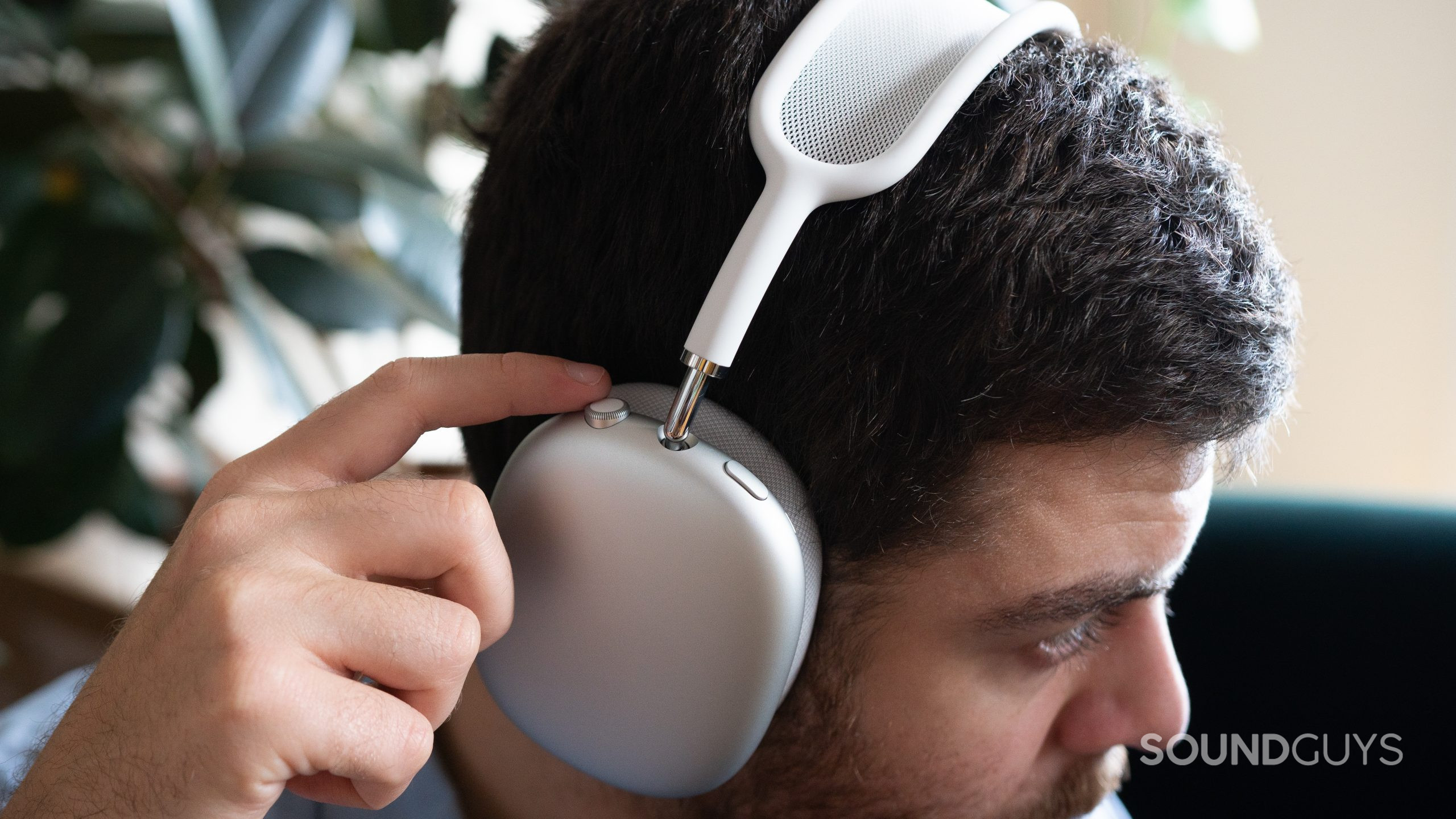
The AirPods Max 2 will share many of the same features as the AirPods Max, including noise cancellation and a similar build. Here’s what we surmise will change with the next-gen AirPods Max.
Design
Apple’s debut over-ear headphones use premium materials that stand out from other flagships’ plastic housings. When the AirPods Max 2 launch, we can expect distinctive materials and a set of new colorways.
The AirPods Max 2 may come with a fully enclosed Smart Case.
Apple is shifting its products from Lightning to USB-C charging. For example, the updated AirPods Max house a USB-C charging port. We expect the AirPods Max 2 to follow suit, making them a little friendlier to Android phone owners.
According to Apple’s patent US-11381892-B1, we could see an upgraded Smart Case. Frankly, anything would be an improvement, and the patent shows a traditional-style, all-encompassing case with a flexible magnetic clasp to keep it shut. It will likely have the same functionality as the original Smart Case — forcing the AirPods Max 2 into low-power mode.
The AirPods Max 2 may ditch the Digital Crown on the AirPods Max in favor of some unique touch controls. Patent US-10721550-B2 from Apple covers a gesture-based touch system that’s supposed to work in conjunction with the headphones’ orientation. If the AirPods Max 2 rest against the user’s neck, they may interpret a swipe gesture differently than if worn upright. Controls like this would take some getting used to.
Software features
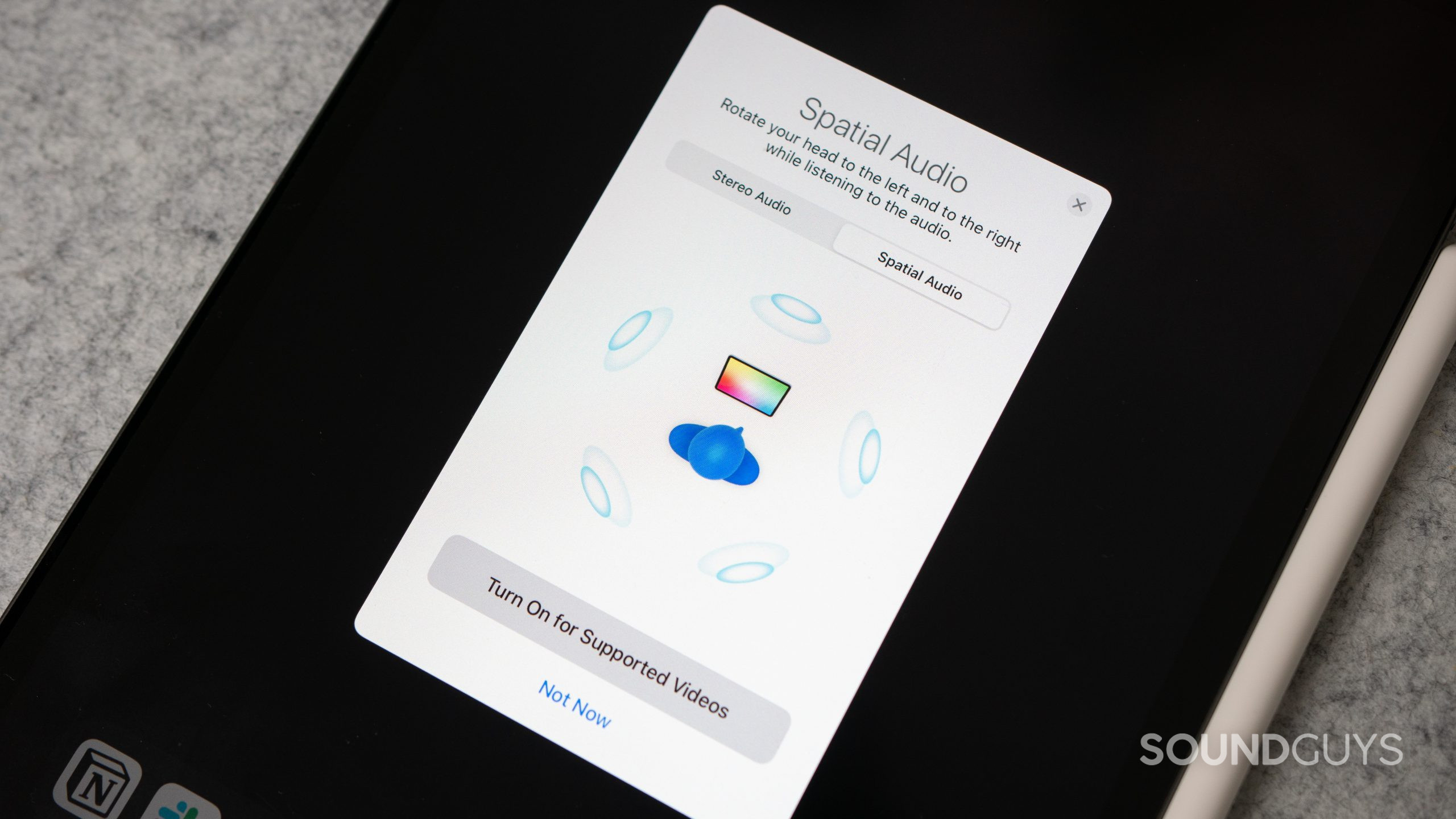
Like the AirPods Max before them, the AirPods Max 2 are likely to have many Apple-exclusive features. For example, listeners should enjoy one-step pairing and auto-switching between Apple devices. Users should also receive advanced location services through Apple’s Find My app. This is likely, given that the company’s high-end AirPods 4 charging case includes speakers for Find My alerts.
The AirPods Max house an H1 chip in each ear cup, and the AirPods Max 2 will likely replace the H1 chips with H2 chips for improved noise cancellation and greater processing power. However, to many people’s surprise, the updated AirPods Max retain Apple’s H1 chip. According to Mark Gurman, only the company’s flagship AirPods Pro look set to host an updated chip. Nevertheless, we expect the AirPods Max 2 to host Adaptive EQ, personalized Apple Spatial Audio, and head tracking.
H2 chips should allow the AirPods Max 2 to support the latest features of the AirPods Pro 3. These include nod-and-shake interactions, voice isolation, and personalized spatial audio for games. Interactions mean you can answer and decline calls hands-free by nodding or shaking your head. Voice isolation uses the H2 chips’ more powerful processing to block out more unwanted background noise while taking calls. Personalized spatial audio in games should also mean you can enjoy all your favorite mobile games in a 360-degree surround sound audio sphere.
The AirPods Max 2 will likely use even more machine learning to automatically tune the listening experience to your habits and surroundings.
We could see Adaptive Audio, Conversational Awareness, and Personalized Volume. Adaptive Audio processes environmental sounds and enables a hybrid mix of ANC and Transparency pass-through. This mode tailors the listening experience as you move from one room to another. With Conversational Awareness, the AirPods Max 2 may sense when you speak. This should then immediately decrease the volume of your audio content, reduce background noise, and enhance the voices of people directly in front of you. We’re eager to see Conversation Awareness on the AirPods Max 2, but it’s nothing new. Personalized Volume learns the volume levels you prefer in certain environmental conditions and automatically applies those levels when you enter those spaces. This reduces the number of times you interact with the headphones or your phone to change the volume.
Noise canceling and audio quality
As we’ve come to expect with iterative upgrades, the AirPods Max 2 should cancel more noise than the AirPods Max. Unfortunately, we don’t yet know to what degree. In 2022, the US Patent and Trademark Office approved another of Apple’s patents (US-11250833-B1) to reduce feedback (“audio howl”). This would improve the user experience by eliminating any perceptible feedback when using ANC or transparency mode with the AirPods Max 2.
The AirPods Max 2’s frequency response is unlikely to change much. However, we should see improved data rates, such as the ability to receive 24-bit, 48 kHz lossless audio. The original AirPods Max received this feature in April 2025 with the iOS 18.4 update. It also brings ultra-low latency audio streaming over USB-C, and I expect the AirPods Max 2 to receive this.
How much might the Apple AirPods Max 2 cost?
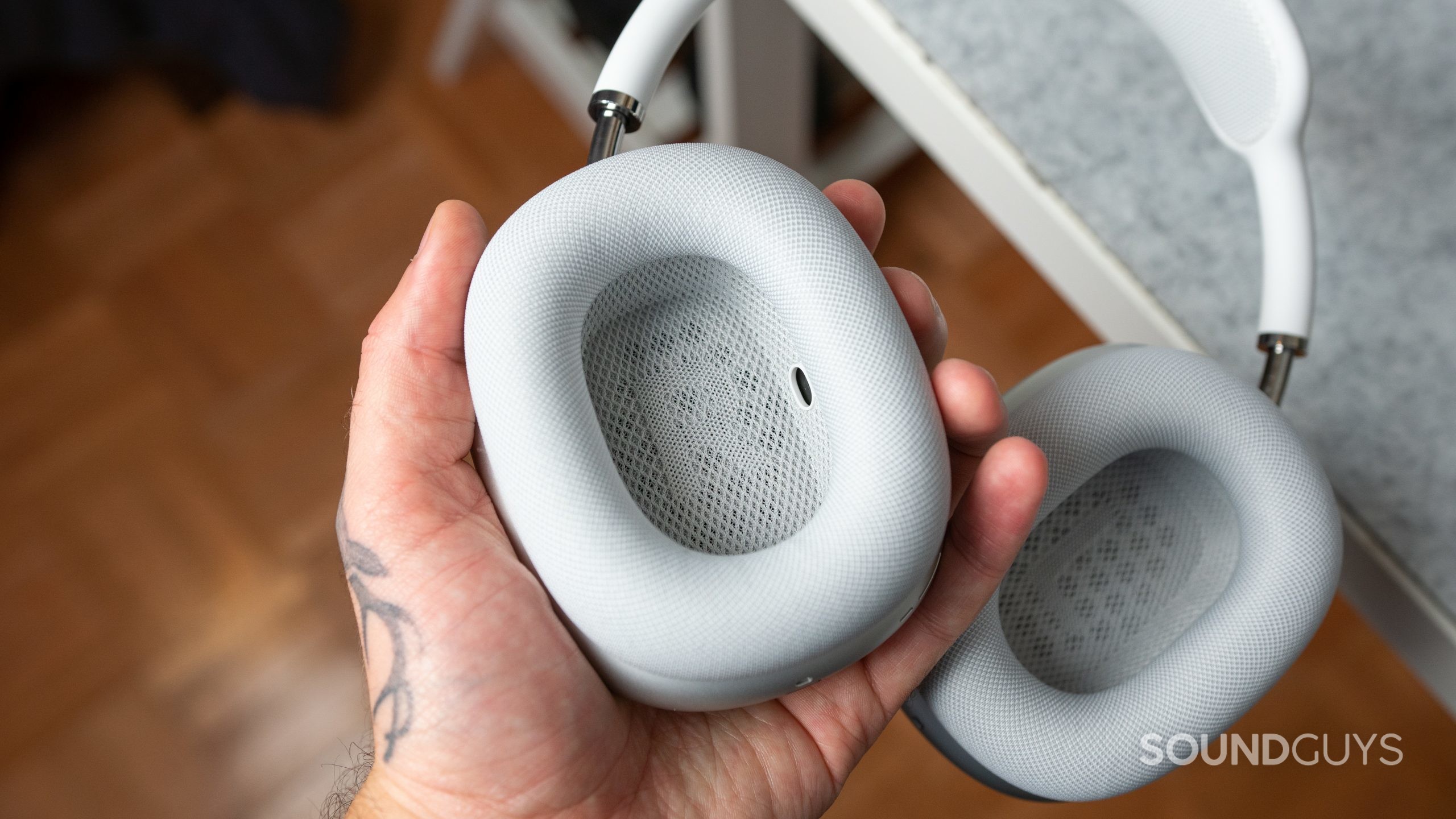
The AirPods Max originally retailed for $549; we expect the same for the AirPods Max 2. For example, Apple kept the price the same for its upgraded AirPods Max. It also retained the price for the second and third-generation AirPods Pro. It would make sense for the first and second-generation AirPods Max to share the same price, too.
Admittedly, $549 is expensive for headphones, and the lowest promotional price for the AirPods Max seen is $429. The AirPods Max 2 should follow a similar promotional price pattern as the AirPods Max.
Apple AirPods Max 2: What we want to see
The AirPods Max are premium headphones, but some basic improvements would take them to the next level — starting with a headphone jack (the analog type).
A headphone jack and passive USB-C audio
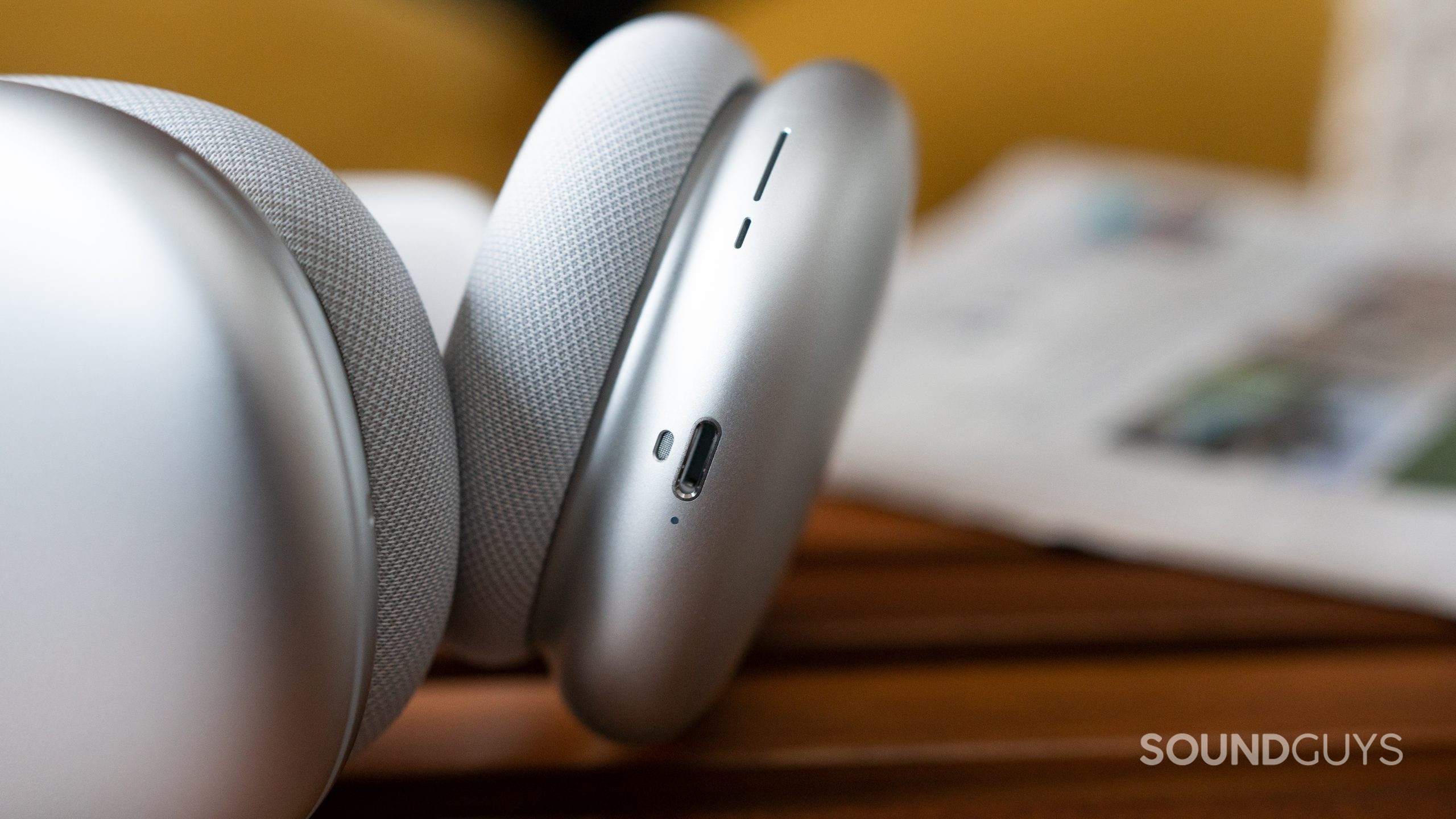
Apple was one of the first key players to remove the headphone jack from its phones. Subsequently, it released the AirPods Max without a headphone jack. Those with the original generation must purchase a Lightning-to-USB-C cable for $29. However, this conversation can introduce latency, distortion, noise, and loss of detail. The updated AirPods Max support USB-C audio for wired digital audio, but you must purchase a USB-C-to-3.5mm adapter for $39 if you rely on a headphone jack.
A headphone jack would make wired listening so much easier.
Unfortunately, the updated AirPods Max do not work in passive mode; once the battery is dead, you cannot stream music over USB-C. However, Apple’s latest iPhones have adopted USB-C ports, and the headphones should be compatible with other devices. This would mean you should only need a USB-C to USB-C cable to enjoy wired, lossless digital audio with the AirPods Max 2.
Longer battery life
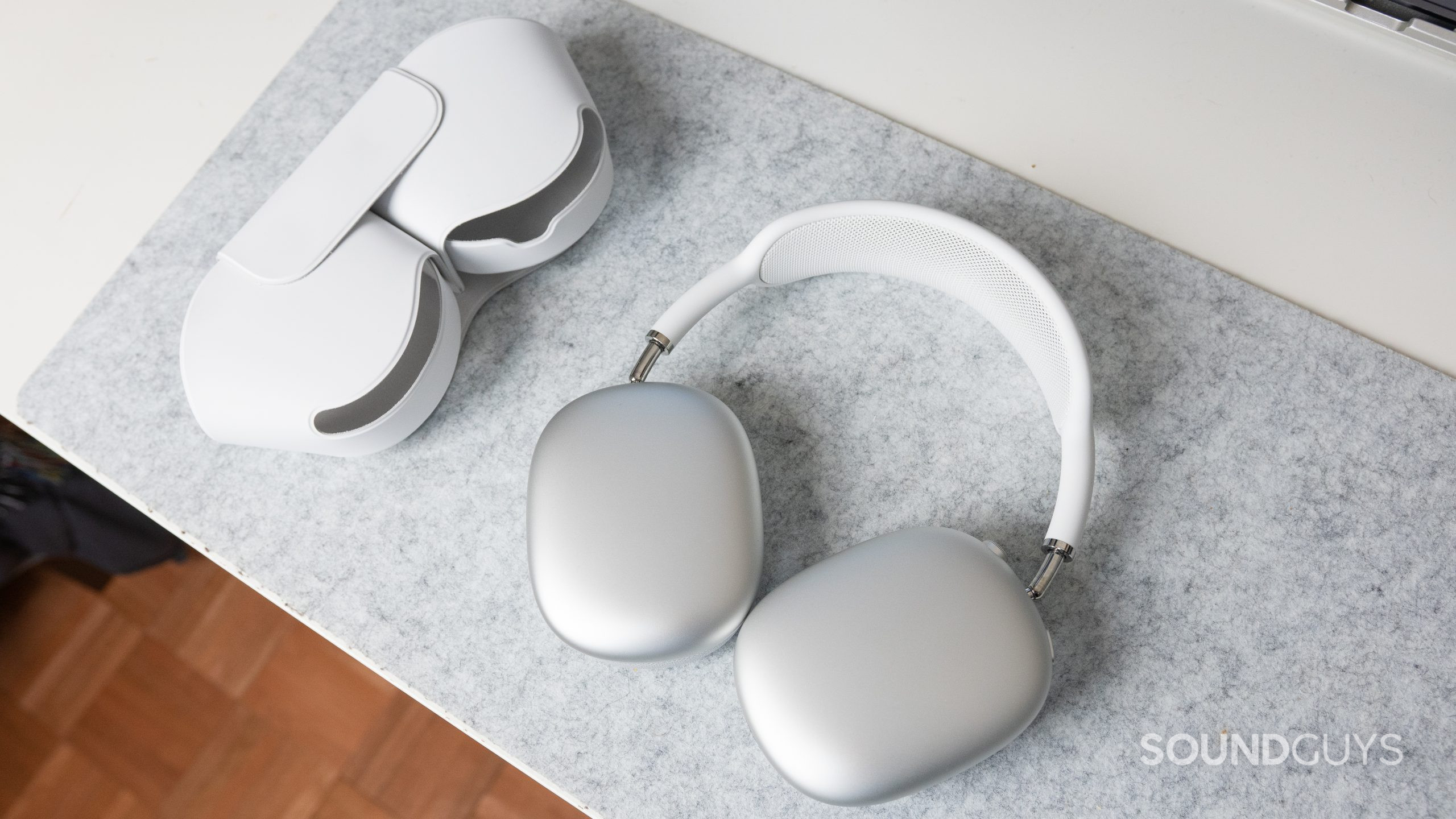
Officially, the AirPods Max have a 20-hour battery life with ANC enabled. Our standardized battery test subjected the headphones to constant music playback, peaking at 75dB(SPL). Under these conditions, the AirPods Max exceeded this by almost an hour. This is impressive, but less so by today’s standards. For reference, the Sony WH-1000XM6 and Sennheiser Momentum 4 Wireless lasted more than 37 hours and 56 hours, respectively, in our testing.
Improved microphone quality
The AirPods Max have good microphone quality when speaking in ideal conditions. However, the noise suppression isn’t as good as flagships like the Sony WH-1000XM6. Improving microphone performance on the AirPods Max 2 could attract more remote workers and those who have regular Zoom calls.
You can compare how the Sony WH-1000XM6 and AirPods Max microphones sound below.
Apple AirPods Max microphone demo (Street conditions):
Sony WH-1000XM6 microphone demo (Street conditions):
Apple AirPods Max microphone demo (Windy conditions):
Sony WH-1000XM6 microphone demo (Windy conditions):
Adaptive Transparency mode
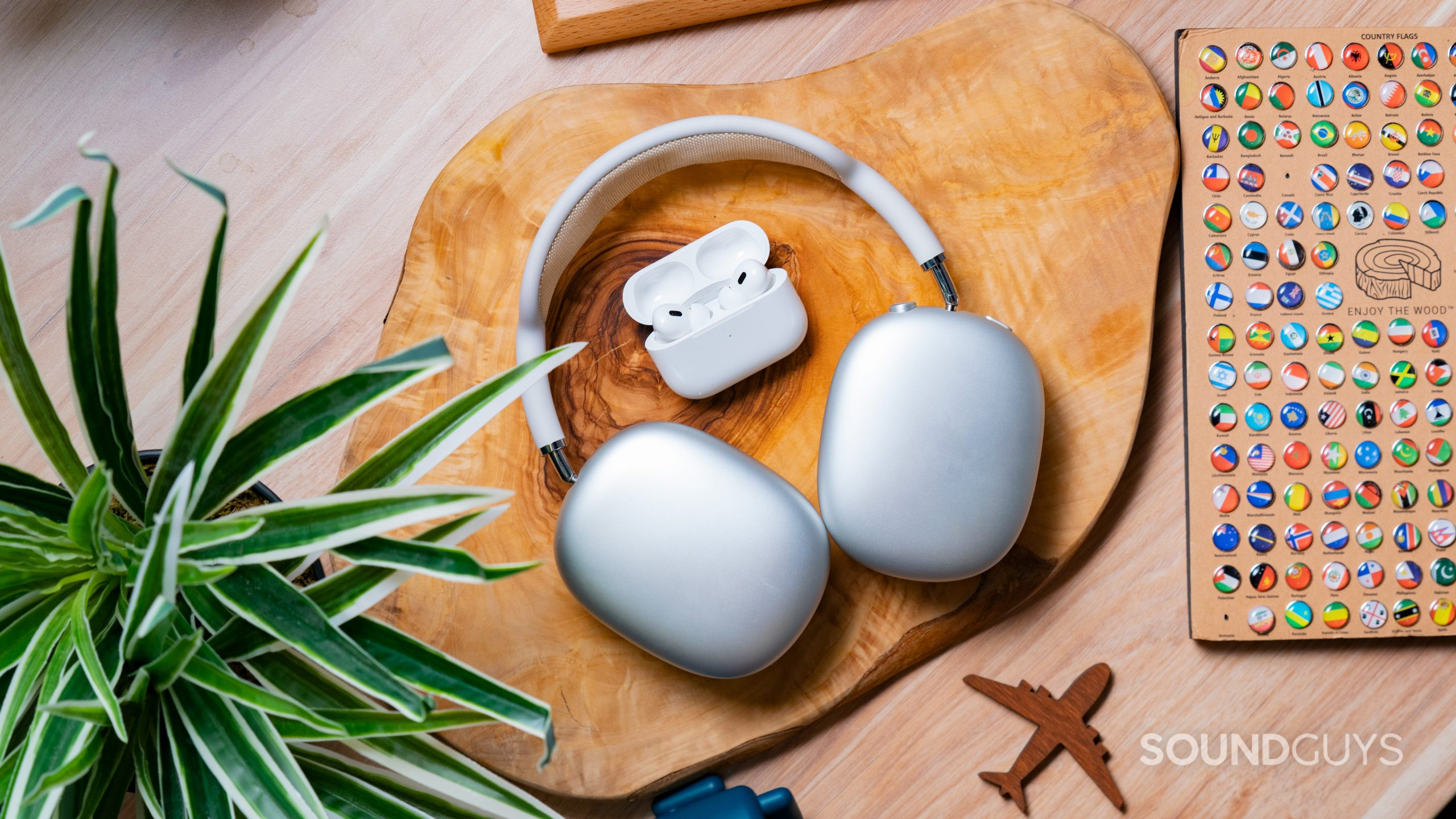
The AirPods Max have Transparency mode, which allows environmental sounds to pass into the headphones. When you enable Transparency mode on the AirPods Max, you can simultaneously hear your music and the environment. This allows you to tune into traffic and train platform announcements without removing the headphones.
Transparency mode is a great safety feature, but the AirPods Max will be that much better with Apple’s Adaptive Transparency mode. This mode is more advanced and can reduce the loudness of sounds greater than 85dB (e.g., a construction drill). Adaptive Transparency mode on the AirPods Pro 3 promotes more comfortable pass-through listening than the more pedestrian Transparency mode.
Improved durability
The AirPods Max are sturdy, beautifully constructed headphones. However, they lack an IP rating. While few over-ear headphones have water-resistant ratings, adding something as minor as an IPX2 rating would further differentiate the AirPods Max 2 from other flagship cans. The Nothing Headphone (1) have proven this is possible in 2025, protecting themselves from unexpected rainstorms and drizzles. Knowing that the AirPods Max 2 will be okay after light rain exposure before you can sheath them in the case would be a huge relief. After all, we don’t want a few raindrops to take out your $549 investment!


Apple AirPods Max 2 FAQs
While Apple unveiled the updated AirPods Max on September 9, 2024, these cans do not constitute the AirPods Max 2. We may have to wait another four years for Apple to bring the second-generation AirPods Max to fruition.
The Apple AirPods Max 2 will likely share a similar frequency response to their predecessor. However, we should see improved data rates, the ability to receive 24-bit, 48 kHz lossless Bluetooth audio, and USB-C wired audio.
The new AirPods Max 2 should include a list of updated features. For example, patents approved by the US Patent and Trademark Office show the AirPods Max 2 will own a gesture-based touch system, an upgraded Smart Case, and the ability to reduce feedback. The AirPods Max 2 should also use Apple's more powerful H2 chip to bring Adaptive Transparency Mode, Conversational Awareness, Personalized Volume, nod-and-shake interactions, voice isolation, and personalized spatial audio for games.
Apple's iOS 18.4 update in April 2025 will bring 24-bit, 48 kHz lossless audio over USB-C to the AirPods Max. However, there has been no official announcement regarding the Apple AirPods Max 2.
Thank you for being part of our community. Read our Comment Policy before posting.